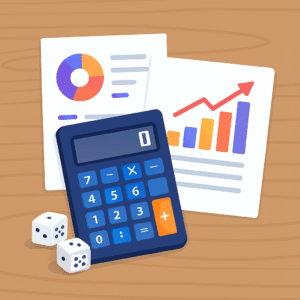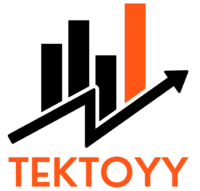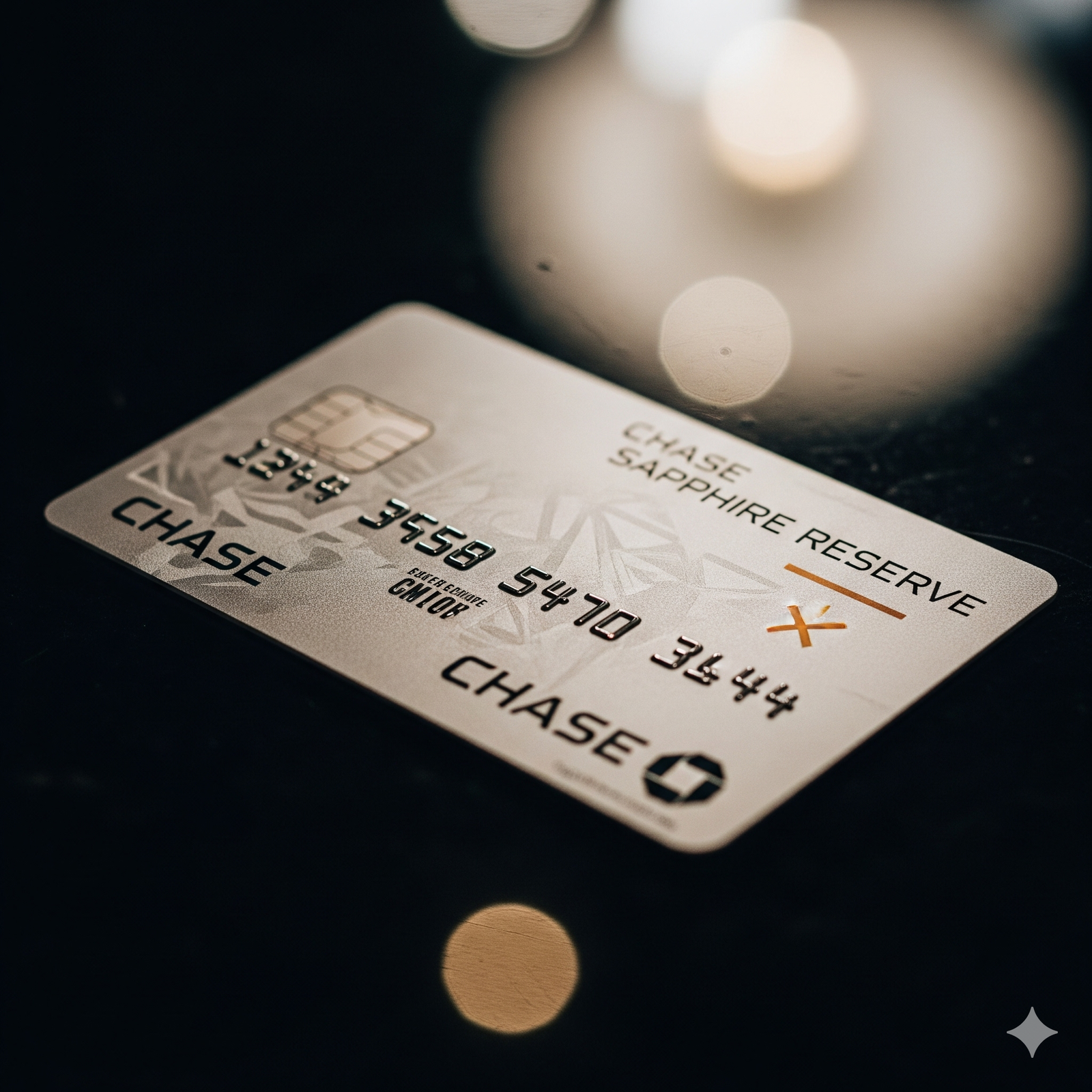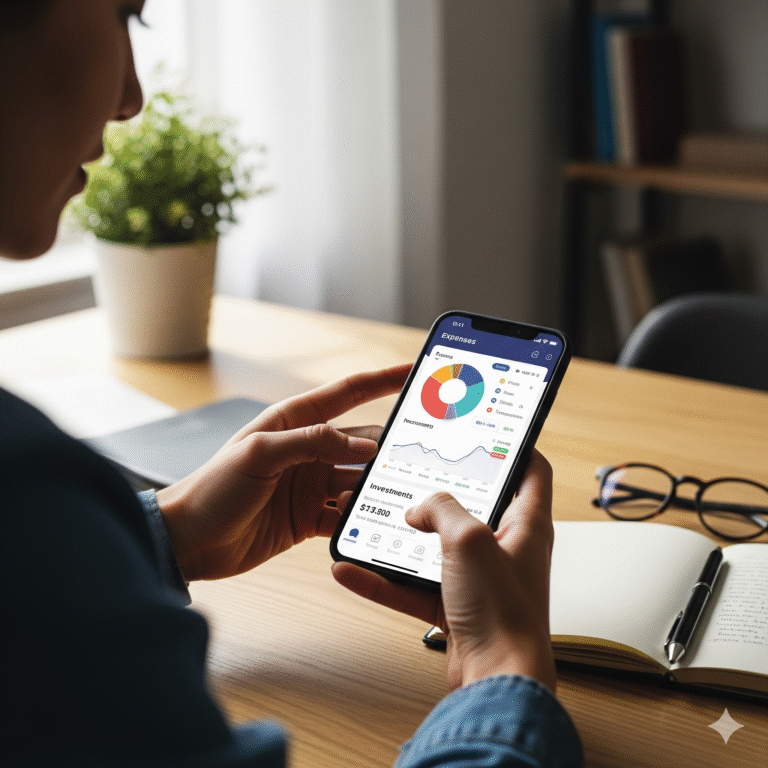For decades, a powerful myth has held millions of people back from building wealth: the idea that investing is a game reserved for the rich. We see images of Wall Street traders in expensive suits and hear stories of million-dollar portfolios, leading to the natural conclusion that you need a fortune to even get started. But what if you could begin building a powerful investment portfolio with just $100, $50, or even the spare change from your daily coffee?
The truth is, the barriers that once kept everyday people out of the market have been completely dismantled by technology. Today, thanks to financial innovations, the single most important factor in your investment success isn’t the amount of money you start with—it’s the decision to simply start.
This guide is your roadmap. We will walk you through, step-by-step, how to go from having zero investments to confidently putting your money to work, no matter how small your starting sum. We’ll debunk the myths, show you the exact tools to use, and provide a clear action plan to make your first investment and begin your journey toward financial freedom.
The Crucial First Step: Build Your Financial Foundation

Before you invest a single dollar in the stock market, you need to build a stable financial launchpad. Investing without this foundation is like trying to build a house on sand—it’s risky and unlikely to end well. This isn’t the most exciting step, but it is the most important.
1. The Non-Negotiable Emergency Fund
An emergency fund is a stash of cash, typically 3 to 6 months’ worth of essential living expenses, kept in a liquid and easily accessible account (like a high-yield savings account). This is not investment money; it’s life-happens money. It’s for when your car breaks down, you have an unexpected medical bill, or you face a sudden job loss.
Why is this so critical? Without an emergency fund, any unexpected expense will force you to sell your investments at the worst possible time, potentially locking in losses and derailing your long-term goals. Your emergency fund is the firewall that protects your investments from life’s volatility. Before you start investing, make it a priority to save at least a “starter” emergency fund of $1,000, and then continue building it as you begin to invest.
2. Attack High-Interest Debt
Not all debt is created equal. A low-interest mortgage is one thing, but high-interest consumer debt, like credit card balances, is a financial emergency.
Think of it this way: the average stock market return over the long term is around 8-10%. The average credit card interest rate is over 20%. Paying off a credit card with a 22% APR is the equivalent of getting a guaranteed, risk-free 22% return on your money. No investment in the world can safely offer that.
Before you get serious about investing, create a plan to aggressively pay down any debt with an interest rate above 7-8%. Wiping out this debt frees up your most powerful wealth-building tool: your income.
The Power of Starting Small: How Little Investments Grow Big
Many people don’t start investing because they think, “What’s the point of investing just $50 a month?” This mindset overlooks the most powerful force in finance: compound interest.
Albert Einstein reportedly called compounding the “eighth wonder of the world,” and for good reason. It’s the process where your investment returns start earning their own returns, creating a snowball effect that can turn small, consistent contributions into a fortune over time.
Let’s look at an example. Imagine you start investing just $100 per month. Assuming a conservative 8% average annual return:
- After 10 years, you would have invested $12,000, but your portfolio would be worth approximately $18,400.
- After 20 years, you would have invested $24,000, but your portfolio would be worth over $58,900.
- After 30 years, you would have invested $36,000, but your portfolio would have snowballed to over $150,000.
The key takeaway is that consistency is more important than amount. The habit of investing regularly, even with small sums, unlocks the magic of compounding and does the heavy lifting for you over the long run.
Where to Invest: The Best Accounts for Beginner Investors

You have your foundation built and you understand the power of starting small. Now, where do you actually put your money? Here are the best types of investment accounts for beginners.
1. Your 401(k) or Employer-Sponsored Plan (Especially with a Match)
If your employer offers a retirement plan like a 401(k) and provides a “company match,” this should be your first stop. A common match is “50% of your contributions up to 6% of your salary.” This means if you contribute 6% of your pay, your employer will add an extra 3% for free. This is a 100% risk-free return on your money. No other investment can beat that. Contribute enough to get the full company match before you invest anywhere else.
2. A Roth IRA (Individual Retirement Account)
A Roth IRA is a fantastic retirement savings vehicle for beginners. You contribute after-tax dollars, meaning your investments grow 100% tax-free, and you pay zero taxes on withdrawals in retirement. For 2025, you can contribute up to $7,000 per year (or more if you’re over 50). Because the contribution limits are relatively low, it’s a perfect account to start funding with small, regular amounts.
3. A Taxable Brokerage Account
This is a general-purpose investment account with no special tax benefits or contribution limits. It offers the most flexibility, as you can withdraw your money at any time for any reason (though you’ll pay capital gains taxes on your profits). This is a great place to invest for medium-term goals like a down payment on a house. Reputable, low-cost brokerage firms like Fidelity, Charles Schwab, and Vanguard are excellent choices for opening an IRA or a taxable account.
What to Invest In: Your Simple Toolkit for Starting Small
Okay, your account is open. Now for the big question: what do you actually buy? For beginners, the goal is simplicity and broad diversification.
1. The Magic of Low-Cost Index Funds and ETFs
Instead of trying to pick individual “winning” stocks, the smartest approach for most investors is to buy the whole market. You can do this with a single investment: a low-cost index fund or an Exchange-Traded Fund (ETF).
Think of an S&P 500 index fund as a “sampler platter” of the stock market. By buying one share, you instantly own a tiny piece of the 500 largest companies in the U.S. This gives you instant diversification, which drastically reduces your risk. These funds are passively managed, meaning their fees (called “expense ratios”) are incredibly low, allowing you to keep more of your returns.
2. The Game-Changer: Fractional Shares
What if you want to buy into an ETF that costs $400 per share, but you only have $50? In the past, you were out of luck. Today, you can buy fractional shares. Nearly all major brokerages now allow you to invest by dollar amount instead of by share count. You can buy $50 worth of that $400 ETF, giving you 0.125 shares. This technology is the single biggest key that unlocks investing for everyone, no matter how little you have to start.
3. The Hands-Off Approach: Robo-Advisors
If the idea of choosing your own funds still seems daunting, a robo-advisor might be perfect for you. Platforms like Betterment and Wealthfront use sophisticated algorithms to do all the work for you. You simply answer a questionnaire about your goals and risk tolerance, and the robo-advisor builds and manages a globally diversified portfolio of low-cost ETFs on your behalf. They automatically handle rebalancing and dividend reinvesting, all for a very low annual fee.
Your 5-Step Action Plan to Make Your First Investment

Let’s put it all together. Here is a simple, actionable plan you can follow today.
- Step 1: Choose Your Account. Decide if you’re starting with your company 401(k), a Roth IRA, or a taxable brokerage account.
- Step 2: Open and Fund the Account. Go to a low-cost brokerage’s website. The process takes less than 15 minutes. Link your checking account and transfer your starting amount, even if it’s just $25 or $50.
- Step 3: Choose Your First Investment. Keep it simple. A great first choice is a broad market index fund, like an S&P 500 ETF (common tickers include VOO, IVV) or a Total Stock Market ETF (like VTI).
- Step 4: Make the Trade. Enter the ticker symbol, select “buy,” and specify the dollar amount you want to invest using fractional shares. Click “confirm.” Congratulations, you are officially an investor!
- Step 5: Automate Everything. This is the most crucial step. Go into your account settings and set up an automatic, recurring transfer and investment from your bank account every week or month. This puts your wealth-building on autopilot and is the key to long-term success.
Your Future Self Will Thank You
The myth that you need to be wealthy to invest is a relic of a bygone era. Today, the only thing standing between you and a future of financial growth is the decision to start. By building a solid foundation, embracing the power of compounding, and using simple, low-cost tools like ETFs and fractional shares, you can begin building wealth with whatever amount you have right now.
Don’t wait for the “perfect time” or until you have “enough” money. The perfect time is now. The right amount is what you can afford. Make a plan, start small, and be consistent. Your journey to a thousand miles begins with this single, powerful step.







